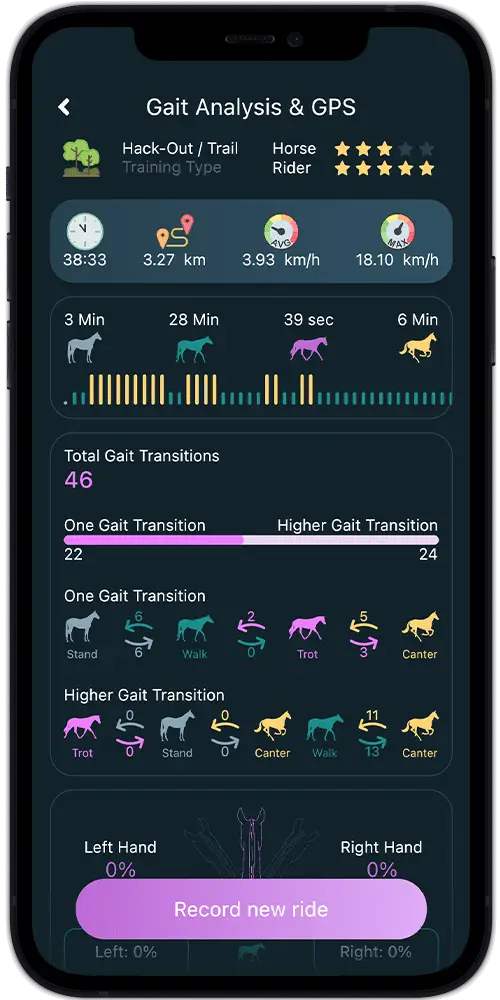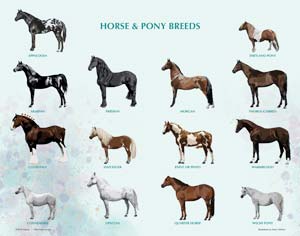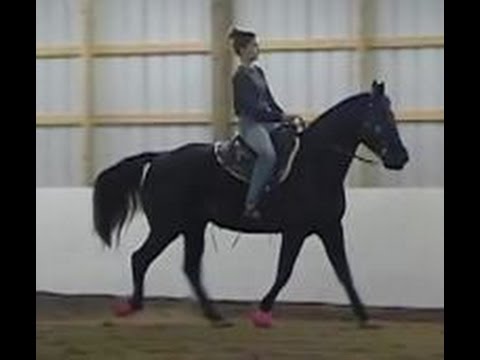What Are the Different Gaits of a Horse?

Horses move in various ways, known as gaits, which are distinct patterns of leg movement. Understanding these gaits is essential for riders, trainers, and equine enthusiasts as they reflect the horse’s training, breed characteristics, and comfort. This article explores the primary gaits of horses, their characteristics, and how they differ.
Introduction to Horse Gaits

A horse’s gait is the rhythm and sequence of its footfalls. Gaits are generally categorized into natural (or basic) gaits and ambling (or intermediate) gaits. Natural gaits are innate and common to all horses, while ambling gaits are smoother and often breed-specific.
The Four Natural Gaits
| Gait | Description | Speed Range (mph) | Footfall Pattern |
|---|---|---|---|
| Walk | A slow, four-beat gait where each foot hits the ground independently. | 3-4 | Left hind, left front, right hind, right front |
| Trot | A two-beat diagonal gait where diagonal pairs move together. | 8-12 | Left hind + right front, right hind + left front |
| Canter | A three-beat gait that is faster than a trot but slower than a gallop. | 10-17 | One hind leg, opposite diagonal pair, other front leg |
| Gallop | The fastest four-beat gait, used for sprinting. | 25-30+ | Four distinct beats with a moment of suspension |
Ambling Gaits (Smooth Intermediate Gaits)
Some horse breeds perform ambling gaits, which are four-beat gaits that provide a smoother ride than the trot. These include:
- Rack: A fast, flashy gait with equal intervals between footfalls.
- Running Walk: A faster version of the walk, common in Tennessee Walking Horses.
- Pace: A lateral two-beat gait where legs on the same side move together, common in Standardbreds.
- Fox Trot: A diagonal four-beat gait with a distinctive rhythm.
Why Are Gaits Important?
- Comfort: Smooth gaits reduce rider fatigue.
- Performance: Certain gaits are preferred in competitions.
- Breed Identification: Some breeds are known for specific gaits.
Frequently Asked Questions (FAQ)
Q1: Can all horses perform all gaits?
A: All horses naturally perform walk, trot, canter, and gallop. Ambling gaits are breed-specific and often require training.
Q2: How can I tell the difference between a trot and a pace?
A: In a trot, diagonal legs move together; in a pace, legs on the same side move together.
Q3: What is the smoothest gait for riding?
A: Ambling gaits like the rack or running walk are considered smoother than the trot.
Conclusion
Understanding the different gaits of a horse enhances riding skills and appreciation for equine movement. Whether you’re a casual rider or a competitive equestrian, recognizing these gaits helps in training, riding comfort, and horse selection.
This article is designed to be SEO-friendly by including clear headings, tables, lists, and FAQs to improve readability and search engine ranking.
